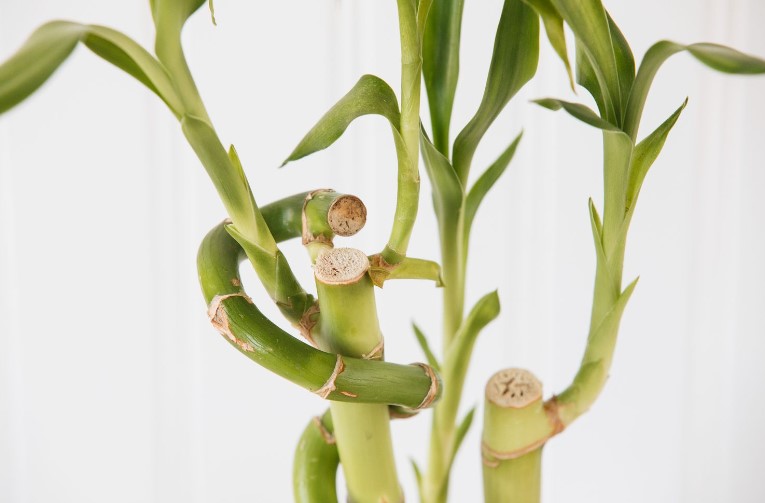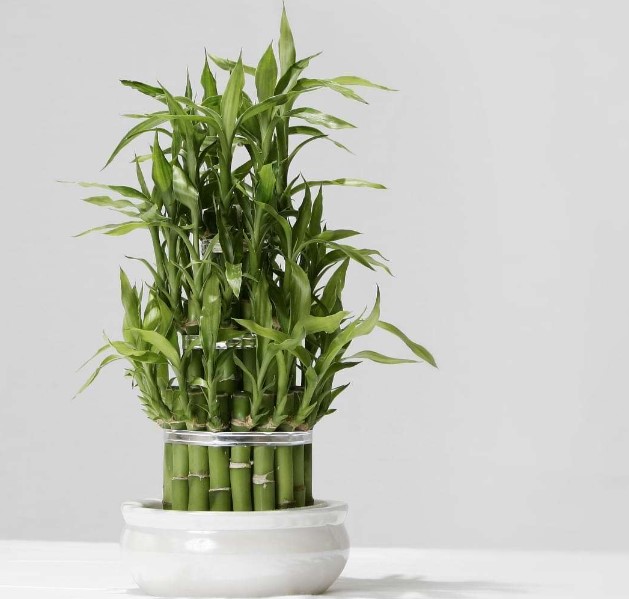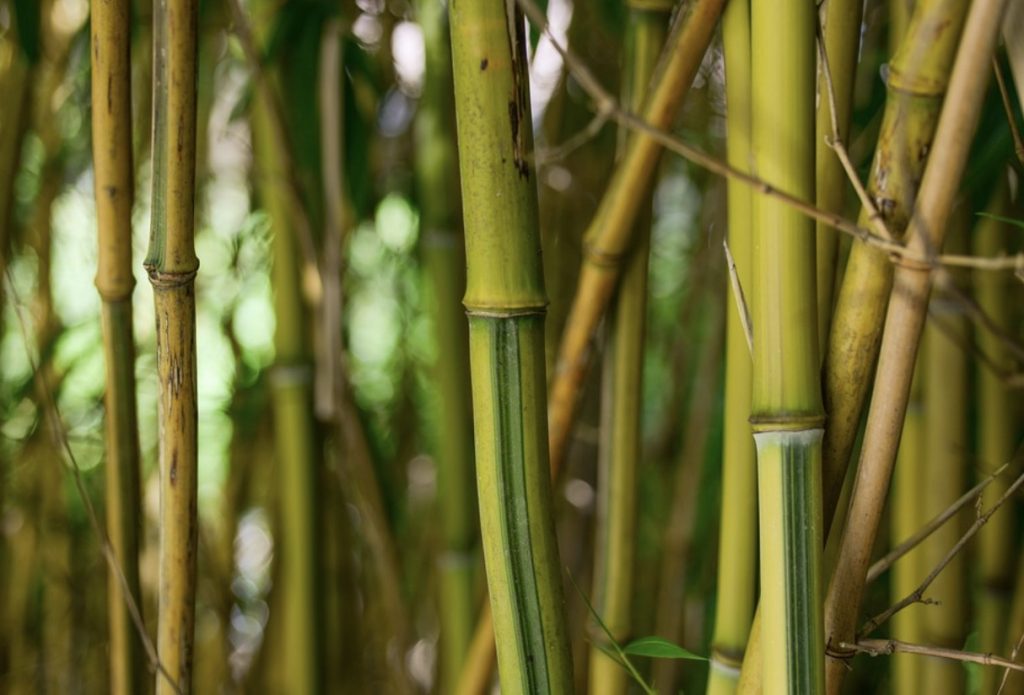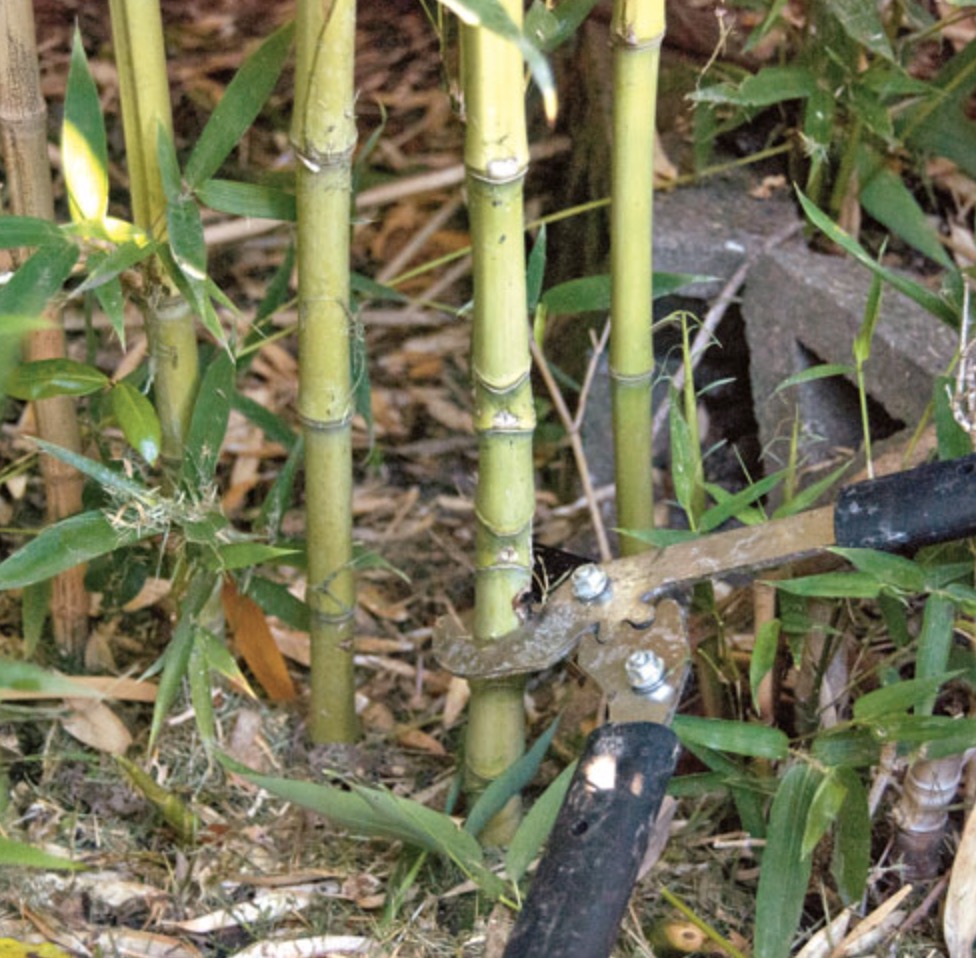Growing bamboo is a great way to add some greenery and texture to your garden or backyard. However, one of the challenges that many bamboo growers face is getting their plants to grow straight. While bamboo is known for its flexibility and resilience, it can also be prone to bending or leaning if not grown properly.
There are several things you can do to encourage your bamboo plants to grow straight. First, make sure that you choose a species of bamboo that is naturally more upright and less prone to leaning. Additionally, planting your bamboo in an area with good soil drainage and plenty of sunlight can help promote healthy growth.
Another important factor in growing straight bamboo is proper spacing. Bamboo should be planted at least 3-5 feet apart from each other so that they have enough room to spread out their roots and grow vertically without competing for space or resources.
Benefits of Straight Bamboo
Straight bamboo has a variety of benefits, some of which include:
- Sustainable Material: Bamboo is a highly sustainable material that grows quickly and regenerates itself after harvesting. It requires fewer resources and produces less waste compared to other materials such as wood.
- Strength: Straight bamboo is known for its strength and durability. It has a tensile strength greater than steel, which makes it ideal for use in construction, furniture, and other applications.
- Versatility: Bamboo can be used for a wide range of purposes, from building structures to making clothing, furniture, and even paper products.
- Aesthetic Appeal: Straight bamboo has a natural beauty that is both elegant and rustic. It adds a touch of organic charm to any setting, making it a popular choice for interior designers and homeowners alike.
- Eco-friendly: Using straight bamboo as a building material is an eco-friendly choice. Bamboo is a renewable resource that doesn’t require chemical treatment or fertilizers to grow, and it absorbs more carbon dioxide than other plants, making it an effective carbon sink.
- Lightweight: Despite its strength, straight bamboo is lightweight, which makes it easy to handle and transport. This makes it an ideal material for use in areas where heavy building materials are not practical.
Overall, straight bamboo is a versatile, sustainable, and aesthetically pleasing material that has a wide range of applications.
Step 1: Plant and Stake

Planting and staking are the first steps in growing straight bamboo. Here’s how to do it:
- Choose a planting location: Bamboo grows best in full sun or partial shade and well-drained soil. It’s important to choose a location with enough space for the bamboo to grow to its full size.
- Prepare the soil: Loosen the soil to a depth of 12-18 inches and mix in compost or other organic matter to improve soil fertility and drainage.
- Plant the bamboo: Dig a hole that is twice the width of the root ball and deep enough to accommodate the entire root system. Place the bamboo plant in the hole and backfill with soil, pressing down firmly to remove air pockets.
- Water the bamboo: Water the bamboo thoroughly after planting, making sure the soil is moist to a depth of 6-8 inches. Water regularly to keep the soil moist but not waterlogged.
- Stake the bamboo: To ensure straight growth, it’s important to stake the bamboo after planting. Use a sturdy wooden or metal stake that is at least 6 feet tall and drive it into the ground next to the bamboo, being careful not to damage the roots. Tie the bamboo to the stake with soft twine or plant ties, making sure the tie is loose enough to allow for growth but tight enough to prevent the bamboo from bending.
- Monitor the bamboo: Check the bamboo regularly for signs of growth and adjust the tie as needed to ensure the bamboo grows straight. Water the bamboo regularly and fertilize it with a balanced fertilizer every 6-8 weeks during the growing season.
Step 2: Prune Off Curved Shoots

Pruning off curved shoots is an important step in growing straight bamboo. Here’s how to do it:
- Identify curved shoots: As the bamboo grows, some shoots may start to curve or bend, which can affect the overall straightness of the plant. These shoots should be pruned off.
- Wait for shoots to mature: Allow the shoots to grow and mature before pruning. This usually takes about 2-3 months.
- Identify the right shoots to prune: Look for shoots that are clearly curved or growing in a different direction from the rest of the plant. These are the shoots that need to be pruned.
- Use sharp pruning shears: Use sharp pruning shears to make a clean cut as close to the base of the shoot as possible. Be careful not to damage the surrounding shoots or the main stem of the plant.
- Dispose of pruned shoots: Remove the pruned shoots from the plant and dispose of them properly. Do not leave them on the ground near the plant, as this can attract pests and diseases.
- Monitor the bamboo: Check the bamboo regularly for signs of new growth and any further curved shoots. Repeat the pruning process as needed to keep the plant growing straight.
Pruning curved shoots is an ongoing process and should be done regularly to ensure the bamboo grows straight. It’s important to be patient and vigilant in monitoring the plant and pruning off any curved shoots as soon as they appear.
Step 3: Train the Bamboo

Training the bamboo is an important step in growing straight bamboo. Here’s how to do it:
- Attach a guide wire: Start by attaching a guide wire to the top of the bamboo plant. Use a soft, flexible material such as twine or plant tie, and attach it securely to a nearby structure such as a fence or stake.
- Tie off the bamboo: As the bamboo grows, tie it off to the guide wire using soft twine or plant tie. Make sure the tie is loose enough to allow for growth but tight enough to keep the bamboo straight.
- Adjust the guide wire: As the bamboo grows taller, adjust the guide wire to keep it at the desired height. This will help keep the bamboo growing straight.
- Remove old ties: As the bamboo matures and becomes stronger, it may outgrow the old ties. Remove them and replace them with new ties that are adjusted to the plant’s new height.
- Repeat the process: Repeat the process of tying off the bamboo and adjusting the guide wire as needed until the bamboo reaches its full height.
- Monitor the bamboo: Check the bamboo regularly for signs of new growth and any further curvature. If any curved shoots appear, prune them off immediately and adjust the guide wire to help the bamboo grow straight.
Training the bamboo is an ongoing process and requires patience and vigilance. By following these steps and monitoring the plant regularly, you can help ensure that your bamboo grows straight and strong.
Step 4: Anchor Down with Ropes
Anchoring down with ropes is another important step in growing straight bamboo. Here’s how to do it:
- Choose anchor points: Choose two or more anchor points around the perimeter of the bamboo planting area. These can be trees, stakes, or other sturdy structures.
- Tie ropes to anchor points: Tie ropes securely to the anchor points, leaving enough slack to reach the bamboo plant.
- Loop ropes around bamboo: Loop the ropes around the bamboo plant, making sure to avoid damaging the plant or the leaves.
- Adjust the ropes: Adjust the ropes to apply gentle tension to the bamboo plant, pulling it in the desired direction.
- Secure the ropes: Tie the ropes off securely to prevent them from slipping or loosening.
- Monitor the bamboo: Check the bamboo regularly for signs of new growth and any further curvature. If any curved shoots appear, prune them off immediately and adjust the ropes to help the bamboo grow straight.
Anchoring down with ropes is another ongoing process that requires patience and vigilance. By following these steps and monitoring the plant regularly, you can help ensure that your bamboo grows straight and strong.
Step 5: Install a Growth Barrier
Installing a growth barrier is an additional step that can help ensure the bamboo grows straight and contained in its desired location. Here’s how to do it:
- Choose a barrier material: Select a barrier material that is durable and will prevent the bamboo from spreading. Common options include plastic or metal barriers.
- Dig a trench: Dig a trench around the perimeter of the bamboo planting area, about 18-24 inches deep and at least 2 feet away from the edge of the bamboo.
- Install the barrier: Install the barrier in the trench, making sure it is flush with the soil and stands at least 2 inches above the soil line.
- Backfill the trench: Fill the trench with soil and pack it down tightly to secure the barrier in place.
- Monitor the bamboo: Check the bamboo regularly for signs of new growth and any spreading roots. If any roots are found beyond the barrier, prune them off immediately.
Installing a growth barrier is an effective way to keep the bamboo contained and growing in its desired location. It is especially important for running bamboo species, which have a tendency to spread rapidly and can become invasive. By following these steps and monitoring the bamboo regularly, you can help ensure that your bamboo grows straight and contained.
Conclusion: Enjoy Professional Results
By following these steps, you can enjoy professional results when growing straight bamboo. Planting and staking the bamboo, pruning off curved shoots, training the bamboo with a guide wire, anchoring down with ropes, and installing a growth barrier are all important steps in the process of growing straight bamboo.
It is important to be patient and vigilant in monitoring the bamboo regularly for any signs of new growth or curvature. By doing so, you can catch any issues early and correct them before they become a bigger problem.
With proper care and attention, your straight bamboo can grow tall, strong, and beautiful, adding a unique and natural element to your garden or landscape.
Help Us! Share on:








